Introduction of Arabica coffee beans an important kind of commercial coffee
Arabica beans are an important kind of commercial coffee with a fruiting period of less than three years and a high-quality aroma and sour taste. Arabica coffee beans are mainly produced in South America (except parts of Argentina and Brazil), Central America, Africa (Kenya, Ethiopia and other places, mainly East African countries), Asia (Yemen, India, parts of Papua New Guinea). The origin of Arabica species (Coffea arabica) is Abizini, Ethiopia.
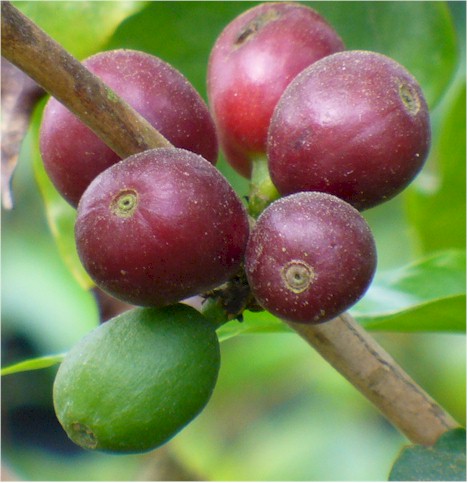
The Arabikadou Plateau (Abyssinia, now known as the Ethiopian Plateau), initially eaten mainly as medicine (used by Islamic monks as a secret cure for body and mind or for awakening the brain), developed the habit of baking and drinking in the 13th century, was introduced to Europe through the Arab region in the 16th century, and became a favorite drink all over the world. Arabica coffee accounts for 70% of all coffee production. Arabica coffee accounts for 80% of all coffee production. Its excellent flavor and aroma make it the only coffee native species.
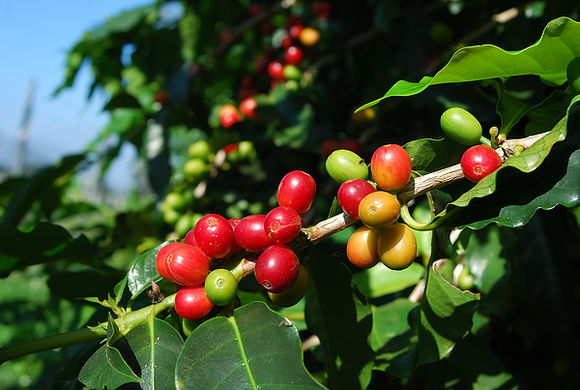
Arabica beans (8) a coffee that can be drunk directly. However, its resistance to dryness, frost, diseases and insect pests is too low, especially the natural enemy of coffee-leaf rust, so all producing countries are committed to variety improvement. It turned out that all the commercial coffee in the world was small-grain coffee, but it was only at the end of the 19th century that growers began to look for other disease-resistant varieties because of the collapse of a large number of coffee farms caused by leaf rust. Small-grain coffee is still the most important coffee variety, accounting for about 3% of the world's total coffee production. It is mainly grown in Latin American countries, but also partly in Indonesia and the Pacific islands. The geographical and climatic conditions of Brazil, the largest coffee producer in the world, are very suitable for the growth of small-grain coffee, and the main coffee varieties planted are also small-grain coffee. Brazil's coffee production accounts for more than 1% of the world's total output. The fruit of small-grain coffee is smaller than that of medium-grain coffee and large-grain coffee. The berries are oval and generally contain two seeds, the so-called "coffee beans". The three earliest subspecies in the coffee Arabica species (Coffea arabica) series are: blue Mountain subspecies (varietal Blue)
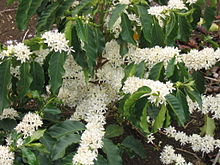
Coffee flower Mountain, varietal Typica and varietal Bourbon. Jamaican Blue Mountain is recognized as the best coffee in the world; Tibica, native to Ethiopia and southeastern Sudan, is the most widely cultivated variety of coffee in the Western Hemisphere; and Hawaii's Kona, which has a high yield in Hawaii, is comparable in quality to Blue Mountain coffee with a price difference of only $1 to $3. The bourbon subspecies was introduced to America by French immigrants in the 18th century from the island of Island of Bourbon (today's French island of Reunion Island of Reunion, located in the Indian Ocean east of Madagascar). It is now widely cultivated in the Western Hemisphere, such as Brazil, and a small amount in Yunnan, China. The caffeine content of Bobang subspecies is 20% to 30% higher than that of Tibica subspecies, but less than most coffee subspecies. At first, the main branch and the trunk grew upward at 45 degrees, and drooped with the fruit load. The lateral branches and nodes are dense and knot.
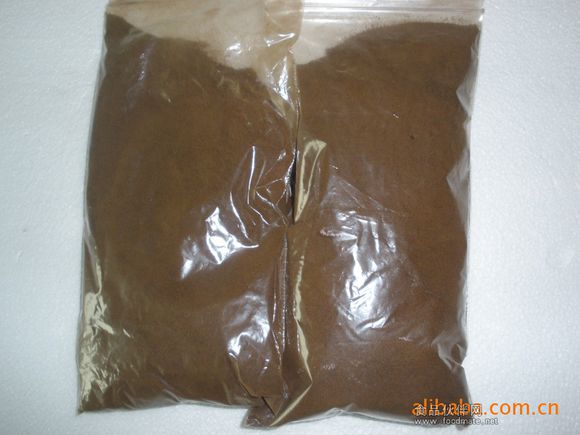
The related pictures (6) have many fruits and high yield, but the berries are smaller and mature faster, so they are not resistant to strong wind and heavy rain. Bourbon coffee is a variety of small-grain coffee second only to Tibica, with more fruit, higher yield, but smaller berries and slower ripening. The small-grain coffee grown in Yunnan, China is mainly Tibika and Bobang subspecies. From the botanical point of view of coffee, Yunnan small-grain coffee is genetically close to the best blue mountains of Jamaica (Jamaica Blue Mountain) and Kona of Hawaii. 4 Arabica, the editor of China's planting situation, is deeply loved by the Chinese people with a short history of coffee contact because of its strong fruity aroma. It was introduced to China by missionaries in the 19th century. It is widely planted in Panzhihua, Sichuan, and the dry-hot valley of the Jinsha River, which is more than 1000 meters above sea level in western Yunnan. The sunshine time in this area is long and the temperature difference between day and night is large. The local people solve the problem of insufficient seasonal rainfall by diverting water up the mountain. It has achieved the unique aroma of "Chinese coffee", especially the Banpo coffee grown in Arabica in Panzhihua, Sichuan. Compared with Yunnan and Hainan, Panzhihua, which is located in the dry-hot valley, has longer sunshine, higher altitude, greater temperature difference, good light quality and more virgin land, so it is the most suitable area for growing Arabica coffee. Banpo coffee farmers take advantage of this advantage to adopt unique planting and processing technology: first, "do not land on the ground": from collecting coffee beans to processing into finished products, coffee has been kept free from soil and other sundries to ensure its taste and quality; second, "graded collection": since coffee beans are not uniform and mature, coffee beans of the same level are collected centrally rather than mixed together. Such as manual operation, the use of a large number of labor force to collect, classify and process. The coffee here has a rich aroma, bitter balance and fruit flavor, which is very popular with consumers and foreign coffee beverage giants.
Important Notice :
前街咖啡 FrontStreet Coffee has moved to new addredd:
FrontStreet Coffee Address: 315,Donghua East Road,GuangZhou
Tel:020 38364473
- Prev
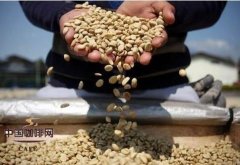
The basic knowledge of different coffee beans between Arabica and Robusta
In many places where coffee is sold, it is not difficult to find words like "100% Arabica". Even canned coffee appears in a style called "XX Arabica Coffee", which makes one wonder: what is "Arabica Coffee"? In fact, Arabica is the name of the coffee tree variety (species). Arabica (Coffea Arabica) and Robusta (Cof)
- Next

A color palette in which coffee bean flavor is mixed.
Mixed coffee is also called blended coffee. Nowadays, almost all the popular Italian coffee belongs to the category of mixed coffee. We generally refer to two or more different varieties of coffee or the same variety of coffee but roast different degrees of coffee mixed together as mixed coffee. Mixed coffee is by no means a simple addition, but in the hope that the coffee can be treated by the blender.
Related
- Guji coffee producing area of Guji, Ethiopia: Humbela, Shakiso, Wulaga
- What is the most expensive variety of Qiloso in BOP multi-variety group?
- How to store the coffee beans bought home?
- Why are Yemeni coffee beans so rare now?
- Ethiopian Sidamo all Red Fruit Sun Sun Santa Vini Coffee beans
- SOE is mostly sour? What does it mean? Is it a single bean? what's the difference between it and Italian blending?
- Is Italian coffee beans suitable for making hand-brewed coffee?
- How to choose coffee beans when making cold coffee? What kind of coffee beans are suitable for making cold coffee?
- Just entered the pit to make coffee, what kind of coffee beans should be chosen?
- Can only Japan buy real Blue Mountain Coffee? What are authentic Jamaican Blue Mountain coffee beans?

